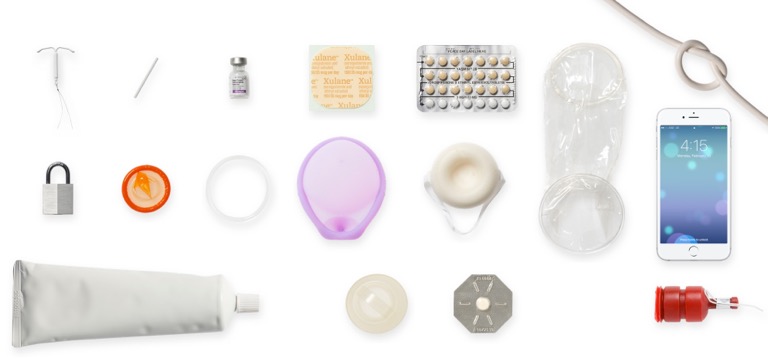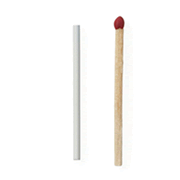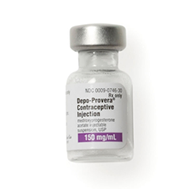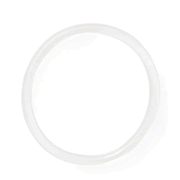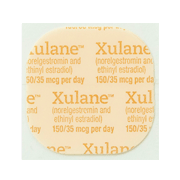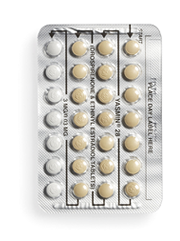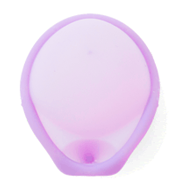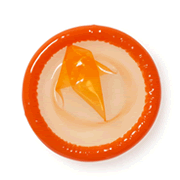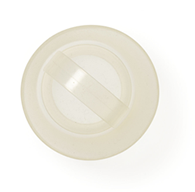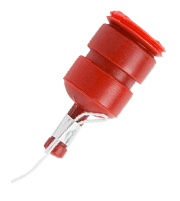Pretty Much Everyone You Know Has Had HPV

And you've probably had it too.
You’ve probably had human papillomavirus (HPV) at some point in your life, whether you realize it or not. HPV is the most common sexually transmitted infection (STI), and the CDC says almost every sexually-active person who is not vaccinated against it will have at least one strain of HPV at some point.
HPV is a virus and, as a rule, viruses aren’t curable. But many people are able to clear the virus, especially if they get it before the age of 30. That means their immune systems recognize it, attack it, and then they become immune to that strain of HPV.
However, just because you’re immune to one type of HPV doesn’t mean you’re immune to the more than 150 other identified types out there. But don’t freak out! Here’s everything you need to know about HPV, the most common STI. For more information about testing and vaccines (as well as access to free or low-cost methods of birth control for those who need them), visit your nearest The Right Time health center.
How HPV is spread
HPV is spread from skin-to-skin contact. Mucous membranes, like the delicate skin of the vagina, vulva, penis, anus, and throat, are more likely to get an HPV infection. Many HPV strains can be spread during oral, anal, or vaginal sex.
Unlike a lot of other STIs, HPV is not spread through bodily fluids. That means you can’t get it from ejaculate, pre-ejaculate, vaginal lubrication, spit, or blood.
The low-risk strains
The majority of the 150 strains are considered “low-risk” strains because they don’t increase your risk of cancer. Some of the low-risk strains of HPV are the cause of genital warts. Genital warts are raised, pink or flesh-toned growths that can be as small as a poppy seed or much larger.
However, most people who have these low-risk strains either don’t show any symptoms at all (meaning they don’t get warts) or if they have outbreaks, they are mild–one to two warts that are so small they don’t even notice them. In general, warts don’t itch, bleed, or create sores. They’re literally just little bumps around the genital area. But if you do have warts that become a problem or grow large, a provider may be able to help treat or remove them.
The high-risk strains
Of the about 150 known strains of HPV, some are considered “high-risk,” which means they are associated with cervical, anal, and throat cancer. Two of the high-risk strains—HPV-16 and HPV-18—cause the majority of these cancer cases. These strains don’t have any visible symptoms, and regular check-ups to screen for HPV (among other things) are important. Talk to a provider at your nearest The Right Time health center about your risk of HPV infection, and if you should be tested.
Prevention: The HPV vaccine and barrier methods
You may have heard of Gardasil 9, which is the HPV vaccine. It protects against those two main cancer-causing strains—HPV 16 and HPV 18—as well as HPV 31, 33, 45, 52, and 58, which can also lead to cancer. It also protects against HPV 6 and HPV 11, which cause 90% of genital warts.
Getting the HPV vaccine before any sexual activity is the best way to prevent HPV infection, but if you’re under age 45 and haven’t been vaccinated (or you started the vaccination series but didn’t finish it), talk to your provider about getting it. While the vaccine won’t clear any strains of HPV you’ve already been exposed to, it will protect you from the ones you haven’t gotten yet.
Barrier methods like condoms, internal condoms, and dental dams do provide some protection against HPV, but it’s not total. Since HPV is transferred via skin-to-skin contact, body parts that aren’t covered up by a barrier method won’t be protected. Still, it’s always a good idea to use a barrier method if STI transmission is a concern for you.
Updated January 2020
Related Content

Article
Birth Control & Your Period: What to ExpectBirth control often changes your period, and that’s normal and safe.
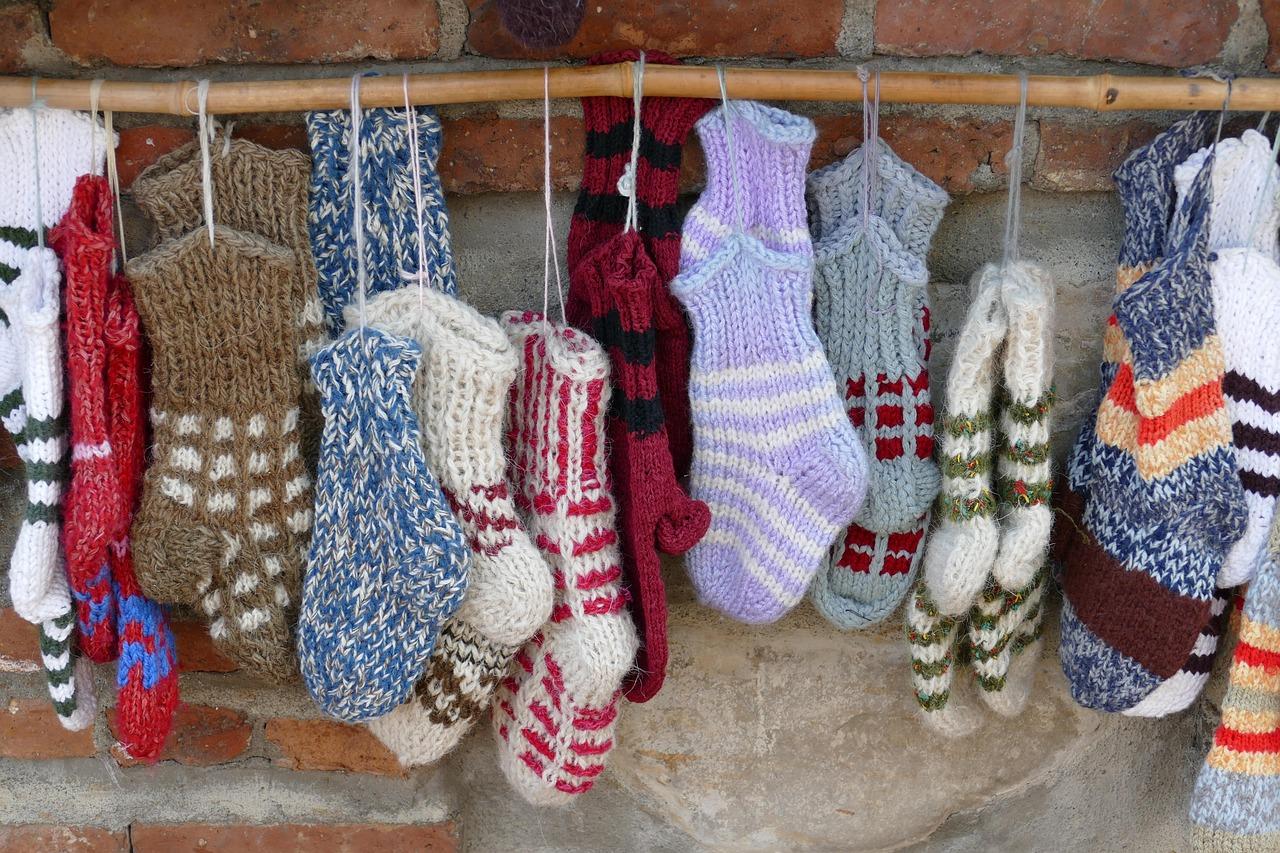
Article
Handling the “When Are You Having Kids?” Question Around the HolidaysRemember: your timeline is yours.

Article
What Should I Do After I Get Diagnosed with an STI?Getting an STI doesn’t change who you are.
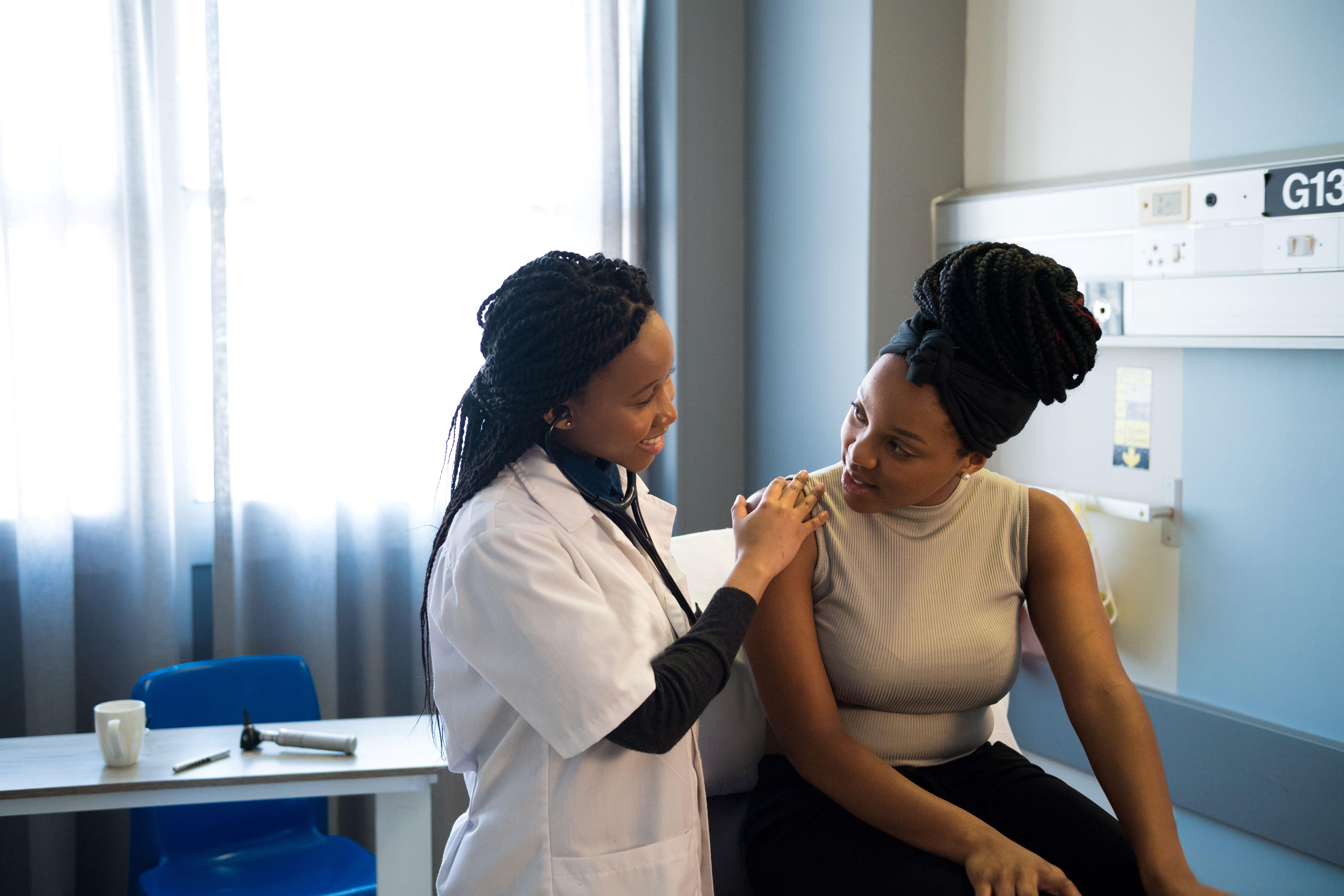
Article
How Can I Take Care of My Breast Health?Keeping up with routine preventative health visits can help catch any changes early.


